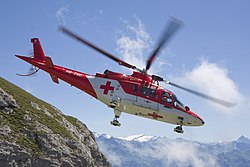External links
- Searchable database of aircraft
- FAA Aircraft Characteristics Database
- Aircraft Bluebook. Performance & Specifications
| |||||||||||||||||||||||||||||||||||||
| |||||||||||||||||||||||||||||||||||||
Helicopters and other rotorcraft | ||||||
|---|---|---|---|---|---|---|
| Helicopters |
| |||||
| Other rotorcraft |
| |||||
| Hazards | ||||||
| Related | ||||||
| General | |
|---|---|
| Military | |
| Accidents /incidents | |
| Records | |
This article includes an aviation-related list of lists.
